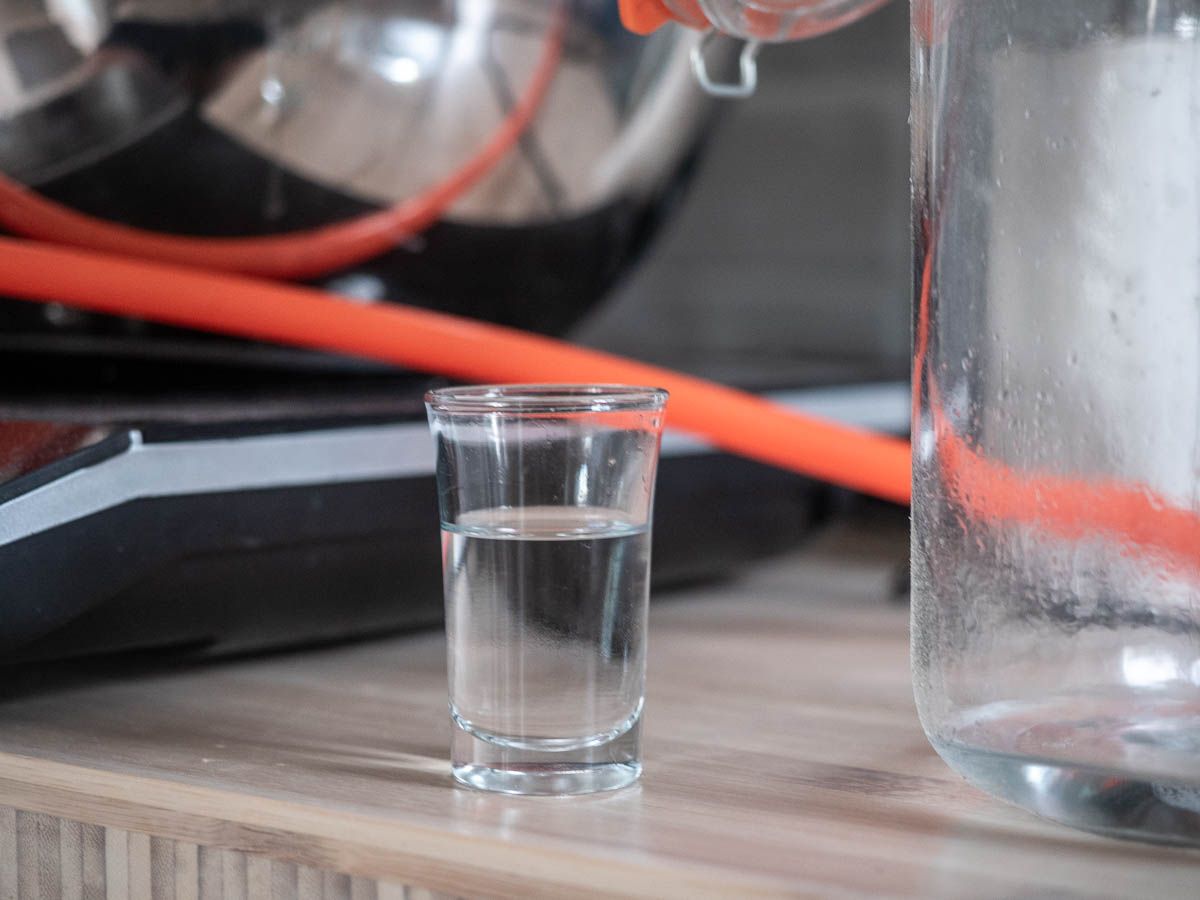Distilling 101, Distilling Tips, Gin
How To Cut Heads and Tails When Making Gin
One question we get asked a lot in the Facebook group and our Ask an Expert service is about making cuts with gin. In particular;
“How do I make my heads and tails cuts on my gin run?” and “How much heads should I remove?”
Well, the short answer is you don’t have to cut any, but if you do it’ll allow you to tweak the taste of your final gin – removing piney citrus notes from the heads and vegetabley spice notes from the back end.
Let’s explain.
Table of Contents
Heads, hearts, and tails for gin
The first misnomer I want to dispel is the idea of ‘heads’ ‘hearts’ and ‘tails’ for making gin.
Assuming you’re starting with vodka, or neutral, then it’s pure ethanol and water. There’s no methanol present, and therefore no heads. There’s also no fusel alcohols present, and therefore no tails.
So what parts should you discard and what parts should you keep?
There’s a school of thought that says you should discard the first 30ml that comes off the still (or 3-5%) as they contain rich juniper oils, are overpowering. and can also lead to louching.
What I Do: I personally don’t do this. I like the strong taste they add. They also bring a lot of freshness. I recommend you try both options and decide for yourself. Keeping the first runnings will result in a more pungent and vibrant gin, while tossing them will result in a more mellow and subtle gin.
When to stop your gin run
Regarding when to stop the run, here are two things to consider:
- The flavors will begin to change to more vegetable-like, or like cardboard or wet dog as you get to higher temperatures (and lower ABV). This is from over-extracting some of the more volatile botanicals.
- You’ll also find the optimal extraction temperature of each botanical varies so you may get more or less of a certain flavor at different temperatures.
In this example, cinnamon is optimally extracted between 105 and 130 degrees, which means you’ll get more cinnamon at the end of the run. Orange is more volatile around 80-90 degrees, so you’ll extract that first. In other words, you burn the orange before you get the best part of the cinnamon.
Here’s a pretty crude illustration that may help
My Suggestion When To Stop Distilling Gin:
I stop distilling between 90 and 95 degrees Celcius. I stop at 95 for some recipes, and 90 (or even lower) for others depending on how I want it to taste. I would try both and see how the taste changes.
Remember temperature and ABV are directly linked on a pot still so you can work off either metric as long as you are consistent.

Final Thoughts:
The process might seem daunting at first glance, but it really boils down to personal taste and consistency.
- While some advocate for discarding the first few milliliters rich in juniper oils, I personally embrace them for their fresh, robust punch.
- As for the question of when to halt the gin run, that too depends on your palate’s preferences. Be aware of the shift in flavors as you climb the temperature scale, and understand that each botanical extracts optimally at varying degrees.
- In my own distilling journey, I often stop between 90 to 95 degrees Celsius – but exploration is your best friend here.
- Try different temperatures and see which result suits your taste buds best.
Remember, distilling gin isn’t just a science, it’s also a beautifully creative process. So go ahead, roll up those sleeves, switch on your still, and let your individual gin story unfold!








